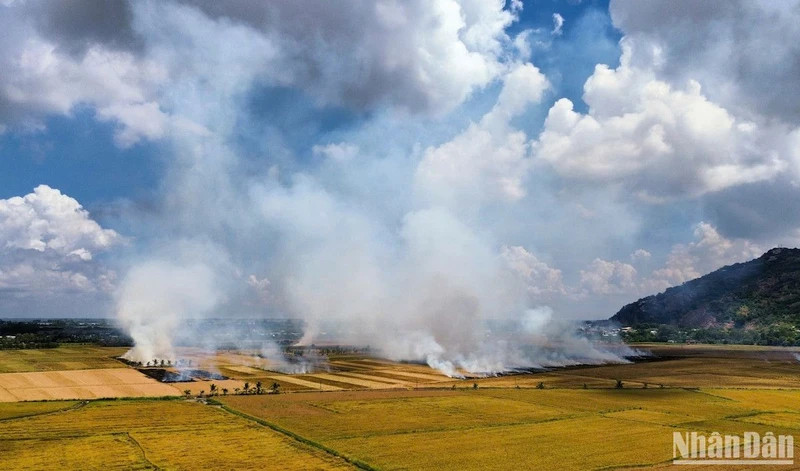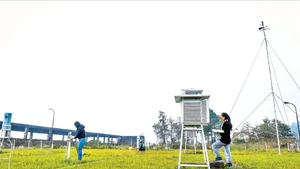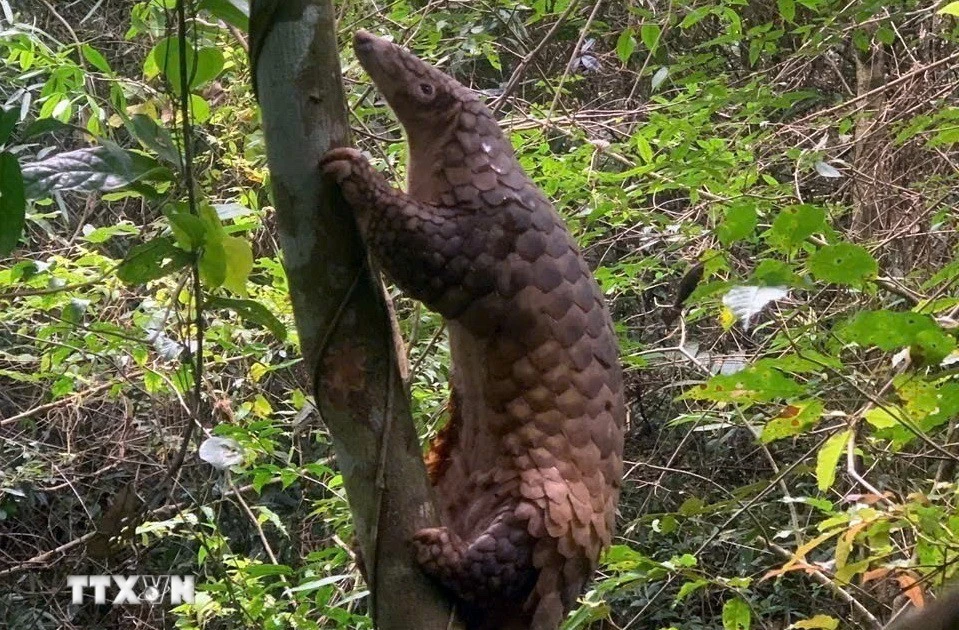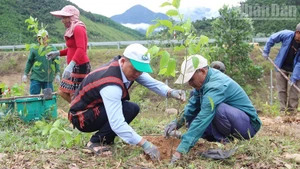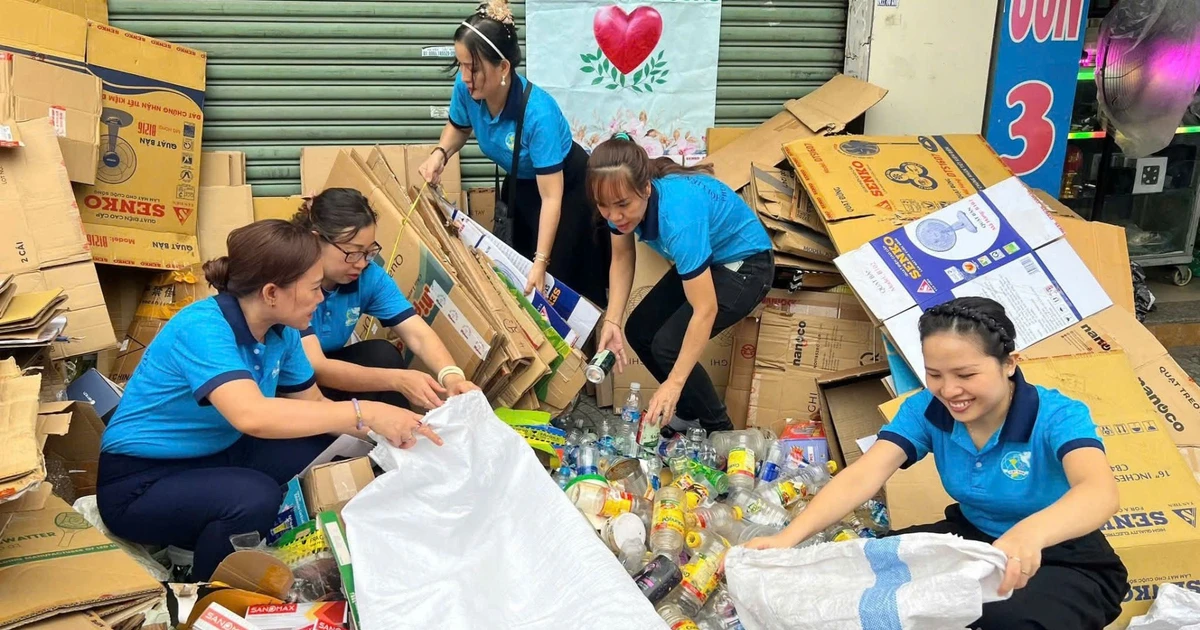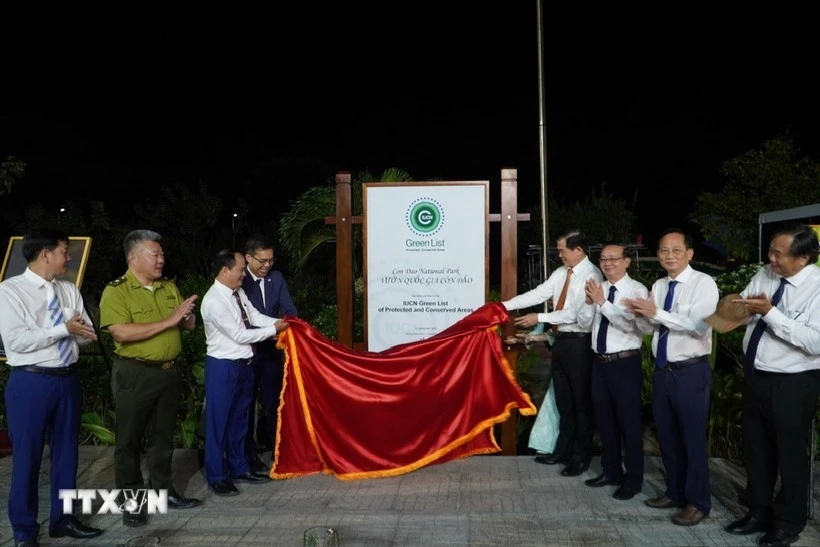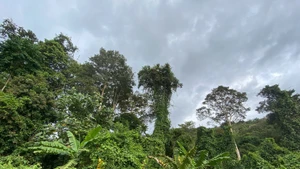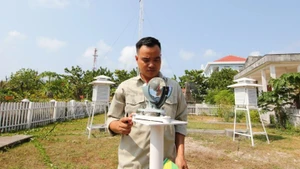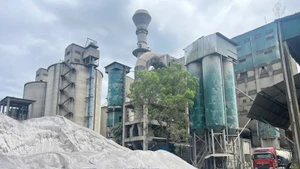With the large scale of cultivation in the Southwest rice granary, thoroughly handling the source of straw by-products from rice production is a big challenge.
In the Mekong Delta, with a rice cultivation area of about 4 million hectares per year, and a rice output of about 24 million tonnes, there will also be about 20 million tonnes of straw generated in the rice fields. This massive source of by-products hasn’t been fully utilised, exploited, and effectively reused in production and life.
Currently, only a small amount of straw is rolled up for use in crop production, and straw mushroom cultivation, and stored as feed for cattle and buffalo, while most of it is burned. This wastes a huge amount of raw materials, makes the land infertile, increases the greenhouse effect, goes against the low-emission rice cultivation project, sells carbon credits that are being implemented, and causes environmental pollution, affecting traffic.
Specifically, according to experts from the Mekong Delta Rice Research Institute, currently, only 30% of the straw is collected and reused in circular production, equivalent to more than 7 million tonnes of straw per year while the remaining 70% of the straw is burned or buried in the fields.
One of the reasons pointed out is that farmers do not have enough financial resources to invest in multiple round straw balers after harvesting rice. Partly, it also depends on the fact that the demand of the straw consumption market is not high.
Many experts believe that the large source of agricultural by-products such as straw has not been thoroughly studied, its uses are still limited, and the supply-demand and consumption markets for straw have not yet been formed.
Some places only compost straw to make organic fertiliser, grow mushrooms, and use it as bedding or cover in crop production. Therefore, farmers have not dared to invest boldly in round straw balers.
Therefore, there should be financial support policies such as agricultural credit packages with preferential interest rates so farmers and agricultural cooperatives can boldly invest in purchasing round straw balers and collecting straw in the fields.
In addition, experts, scientists, institutes and schools need to participate to conduct in-depth research on using by-products of straw for wide application in reuse, reproduction, and thorough and effective exploitation of this extremely rich source of agricultural by-products.
Only then can we truly shift from agricultural production to an agricultural economy, in line with the orientation of the circular agricultural model, developing a green and sustainable economy.
